Interesting Set of Twelve Ivory Historical Caricature Portrait Reliefs Depicting some of the Leading Catholic Clergy Responsible for the Revocation of the Edict of Nantes in 1685
An Unusual Interesting Set of Twelve Ivory Historical Caricature Portrait Reliefs Depicting some of the Leading Catholic Clergy Responsible for the Revocation of the Edict of Nantes in 1685 and Implicated in the Subsequent Persecution of the Protestant Huguenots
All in old wood frames
After a set of engravings published anonymously in two volumes in 1691 by the Huguenots ‘Heros de la Ligue ou la Procession Monacale par Louis XIV pour la Conversion des Protestants de son Royaume’
Probably carved in London by an exiled huguenot from the workshops of Dieppe
To the reverse of each an ink inscribed label naming the character portrayed for example:
‘1 du Viger, Conseiller du Parlement de Bordeaux, qui perdit au jeu tout ce qu’il avait gagné contre les Protestants’
‘9 Monsieur le Tellier, Chancelier, qui signe la Revocation de l’edit par complaisance’
‘10 Baumier, Avocat du Roy í La Rochelle, Persécuteur Perpétuel’
Also having printed labels ‘Art Treasures Exhibition Wrexham 1876 W.B. Buddicom’
Late 17th – Early 18th Century
Size: 16cm high, 14.5cm wide, 2cm deep - 6¼ ins high, 5¾ ins wide, ¾ ins deep (framed each)
All in old wood frames
After a set of engravings published anonymously in two volumes in 1691 by the Huguenots ‘Heros de la Ligue ou la Procession Monacale par Louis XIV pour la Conversion des Protestants de son Royaume’
Probably carved in London by an exiled huguenot from the workshops of Dieppe
To the reverse of each an ink inscribed label naming the character portrayed for example:
‘1 du Viger, Conseiller du Parlement de Bordeaux, qui perdit au jeu tout ce qu’il avait gagné contre les Protestants’
‘9 Monsieur le Tellier, Chancelier, qui signe la Revocation de l’edit par complaisance’
‘10 Baumier, Avocat du Roy í La Rochelle, Persécuteur Perpétuel’
Also having printed labels ‘Art Treasures Exhibition Wrexham 1876 W.B. Buddicom’
Late 17th – Early 18th Century
Size: 16cm high, 14.5cm wide, 2cm deep - 6¼ ins high, 5¾ ins wide, ¾ ins deep (framed each)
The Edict of Nantes was issued in 1598 by Henry IV of France, and it granted the Protestant Calvinists substantial rights within the predominantly Catholic state with the aim of promoting civil unity. It marked the end of the French wars of religion and offered general freedom of conscience to individuals together with the reinstatement of the Huguenots civil rights, including the right to work in any field or profession.
Louis XIV encouraged by his Queen, Madame de Maintenon revoked the Edict of Nantes by means of the Edict of Fontainebleau on the 22nd October 1685. It was said that ‘bending all else to his will Louis XIV resented the presence of heretics among his subjects’. Religious toleration in France had always been a royal, rather than a popular policy and after 1685 the Huguenot population were no longer protected. Freedom of religious belief was no longer enshrined in law and they were forced and coerced to convert to Catholicism, and if they refused, persecuted.
Many fled to other countries taking with them knowledge of important techniques and styles which had on effect on the quality of the silk, silversmithing, watchmaking, jewellery, furniture and plate glass industries. Skilled artisans from the ivory workshops of Dieppe went to London, especially after the bombardment by the Anglo-Dutch fleet in 1694. The famous silversmiths Paul de Lamerie and Paul Revere were among the estimated two hundred thousand to one million displaced Protestant Huguenots refugees that fled France. Many came to London, but other European rulers such as Frederick Wilhelm Duke of Prussia actively encouraged them to seek refuge in their nations giving them incentives to set up as artists and craftsmen in Europe’s cities.
Louis XIV encouraged by his Queen, Madame de Maintenon revoked the Edict of Nantes by means of the Edict of Fontainebleau on the 22nd October 1685. It was said that ‘bending all else to his will Louis XIV resented the presence of heretics among his subjects’. Religious toleration in France had always been a royal, rather than a popular policy and after 1685 the Huguenot population were no longer protected. Freedom of religious belief was no longer enshrined in law and they were forced and coerced to convert to Catholicism, and if they refused, persecuted.
Many fled to other countries taking with them knowledge of important techniques and styles which had on effect on the quality of the silk, silversmithing, watchmaking, jewellery, furniture and plate glass industries. Skilled artisans from the ivory workshops of Dieppe went to London, especially after the bombardment by the Anglo-Dutch fleet in 1694. The famous silversmiths Paul de Lamerie and Paul Revere were among the estimated two hundred thousand to one million displaced Protestant Huguenots refugees that fled France. Many came to London, but other European rulers such as Frederick Wilhelm Duke of Prussia actively encouraged them to seek refuge in their nations giving them incentives to set up as artists and craftsmen in Europe’s cities.
Interesting Set of Twelve Ivory Historical Caricature Portrait Reliefs Depicting some of the Leading Catholic Clergy Responsible for the Revocation of the Edict of Nantes in 1685
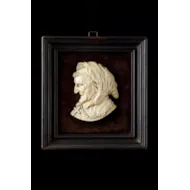
SOLD
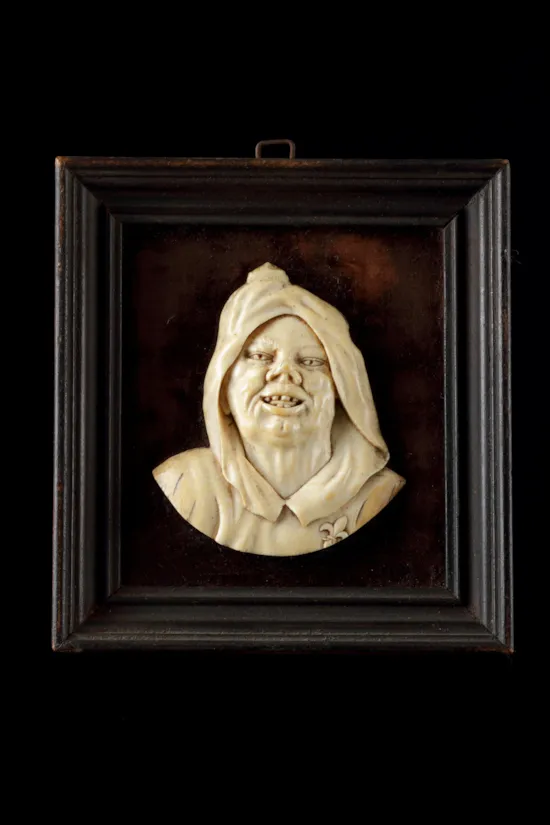
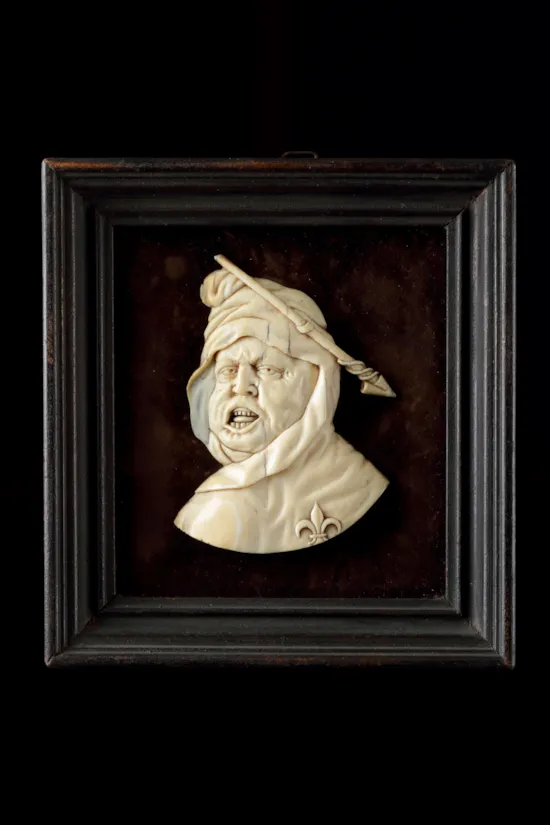
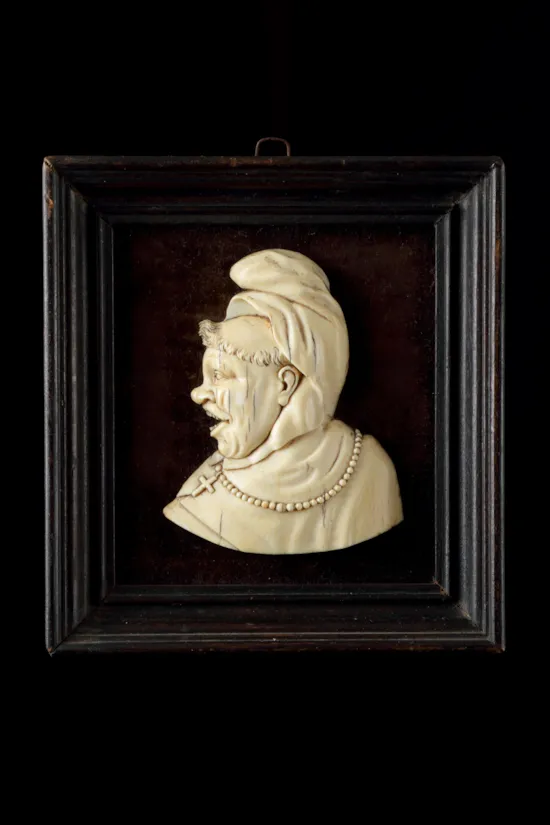
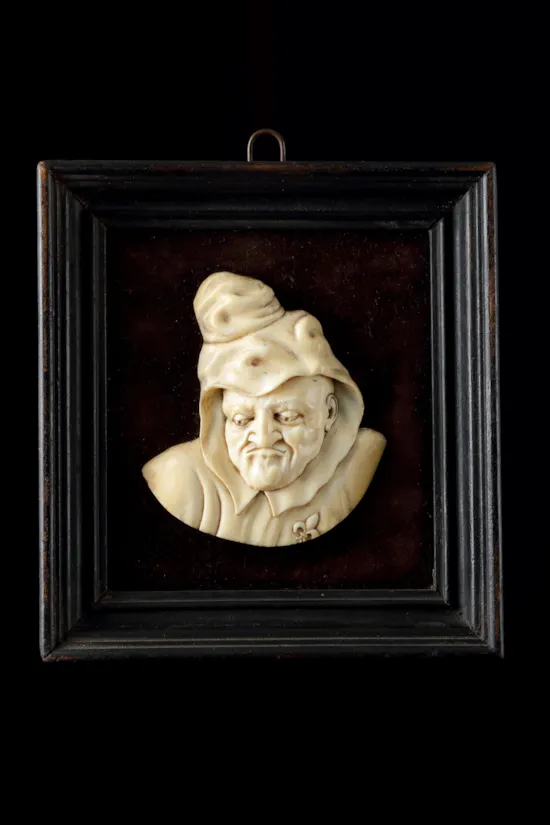
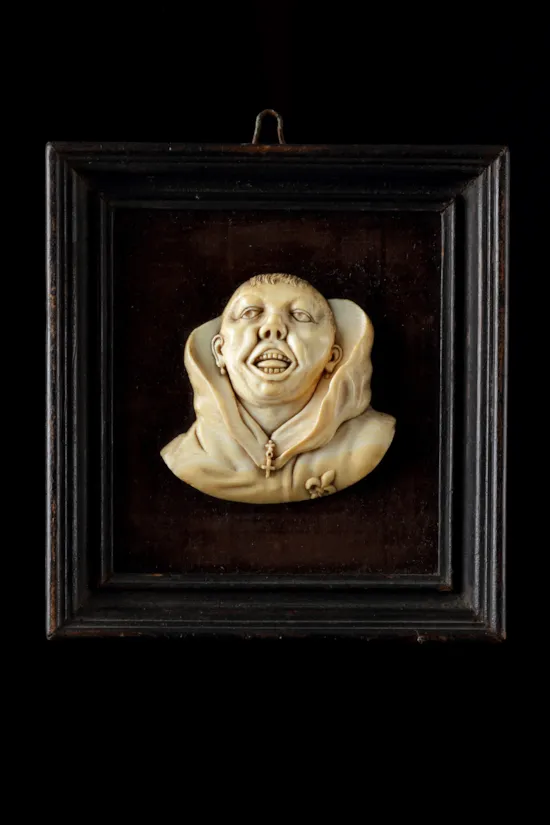
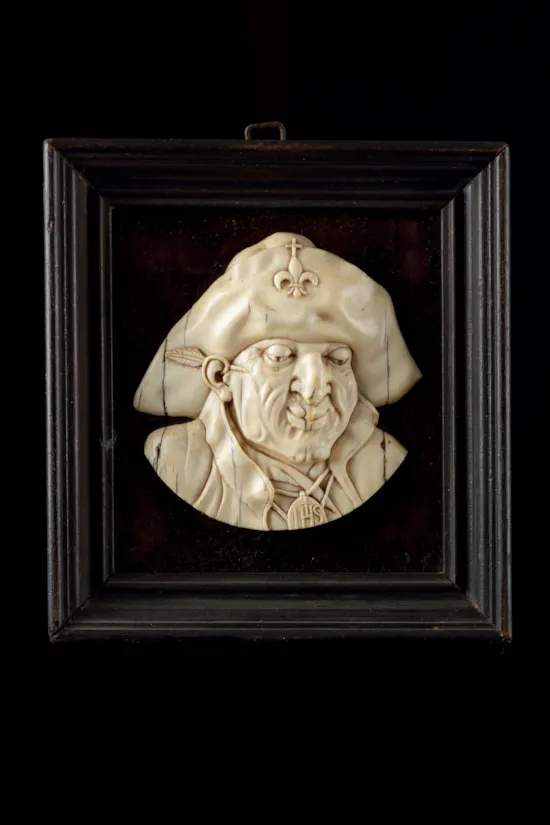
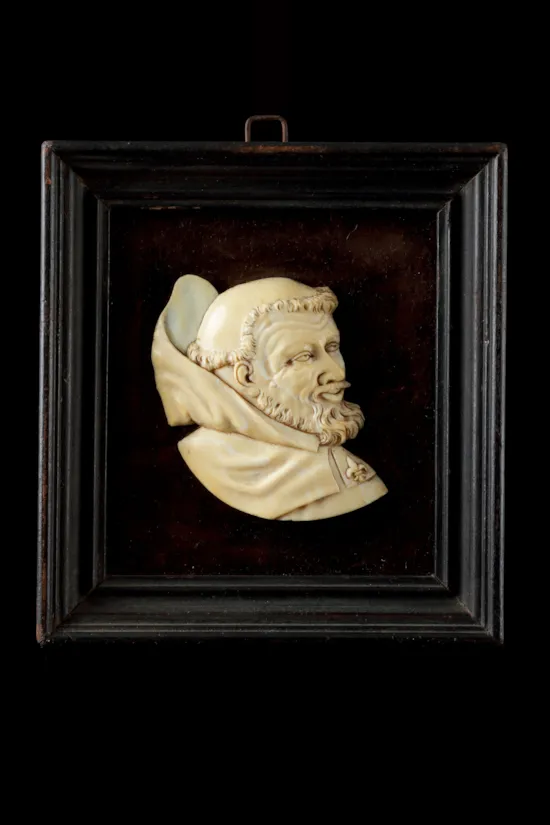
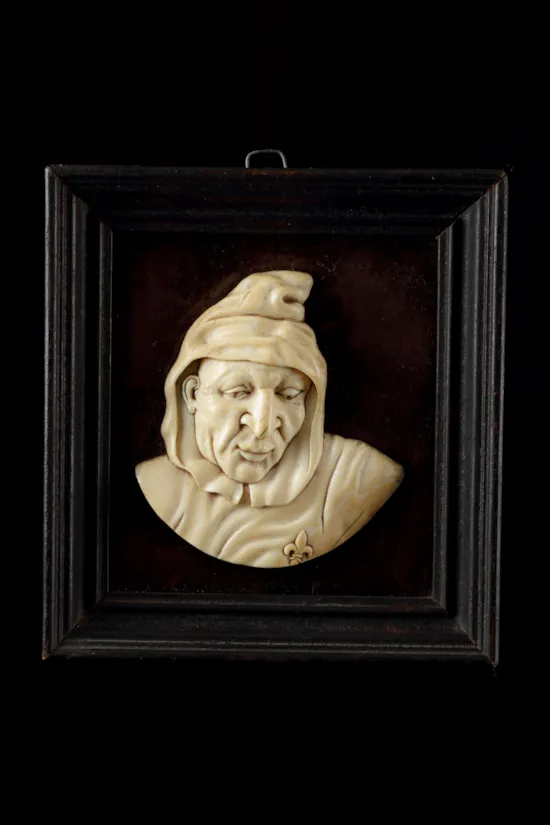
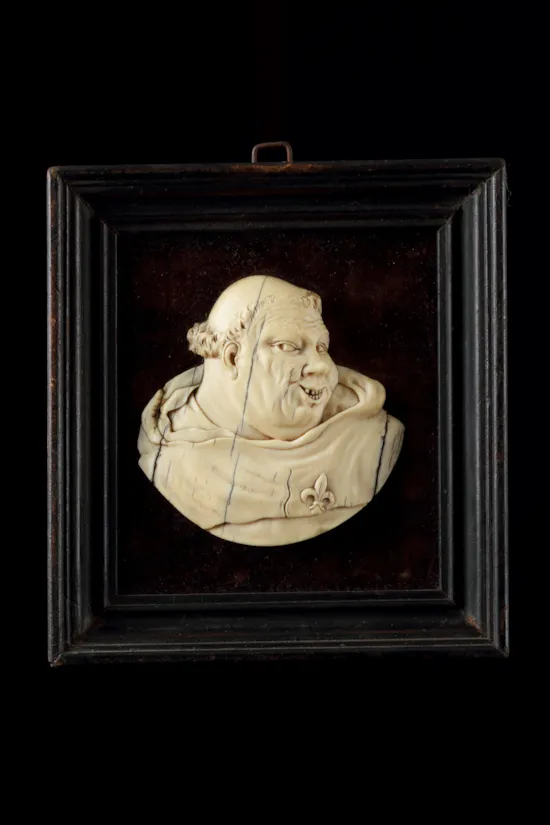
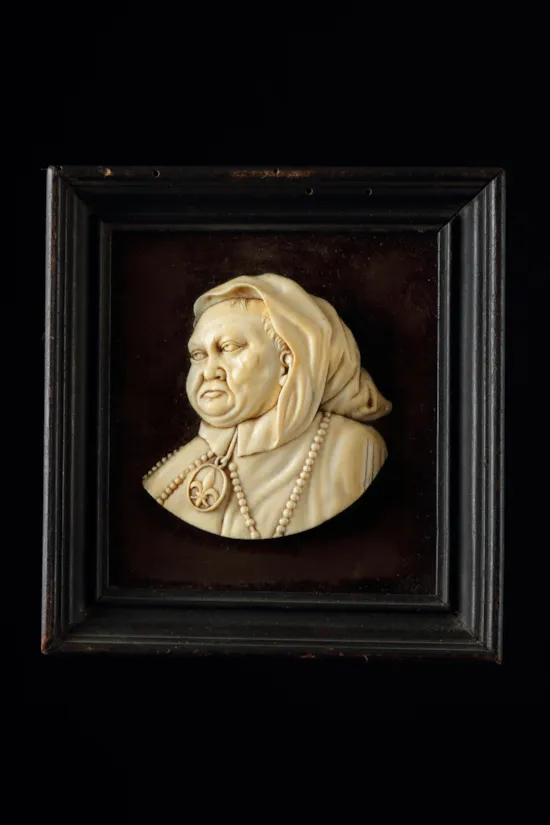
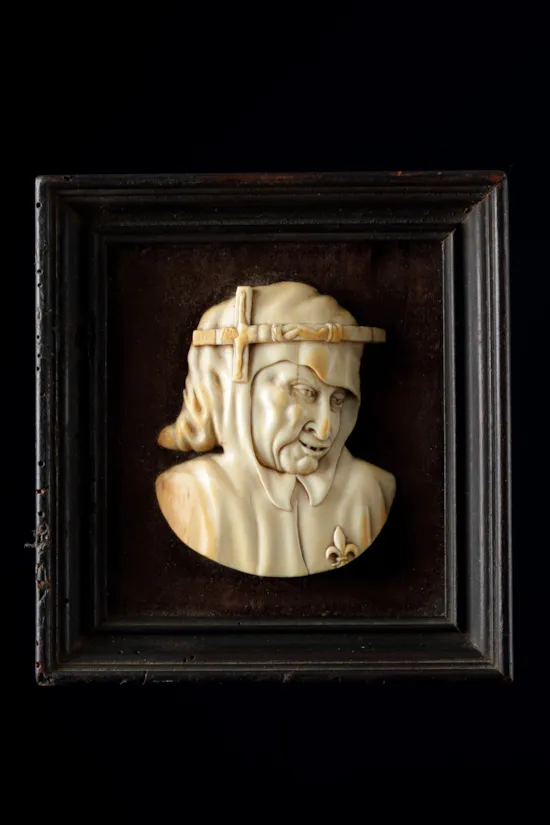
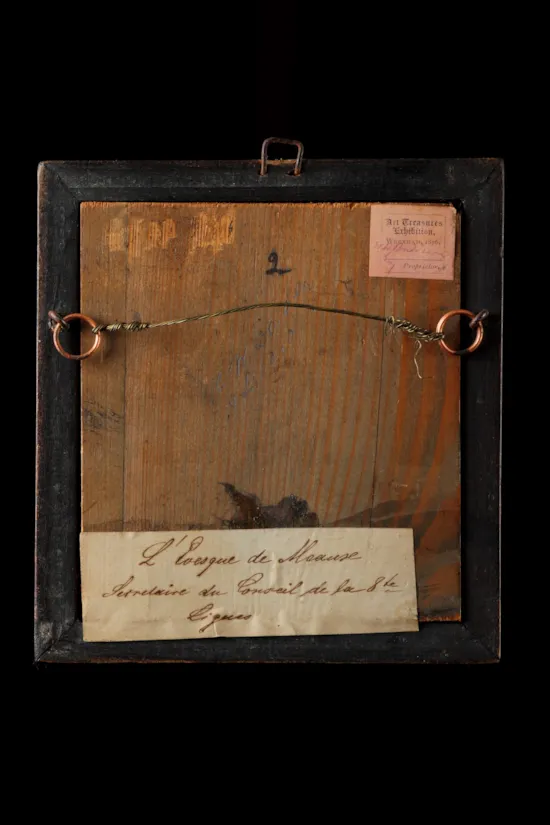
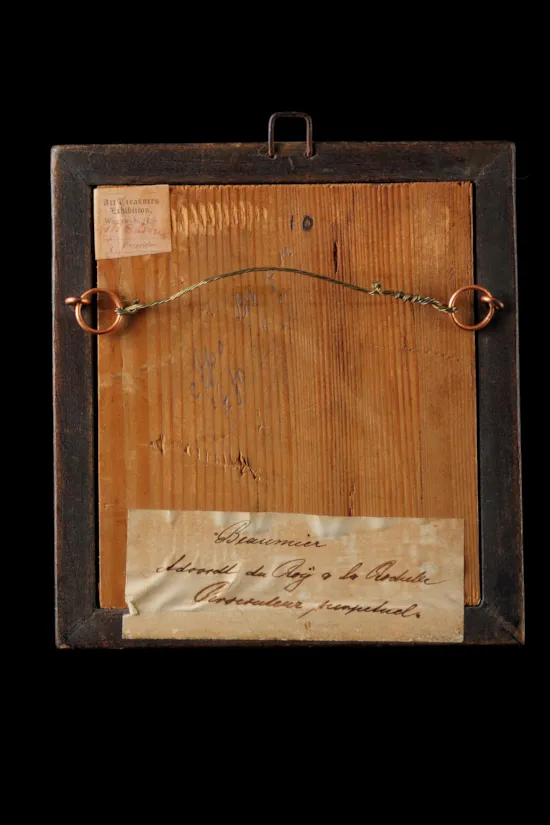
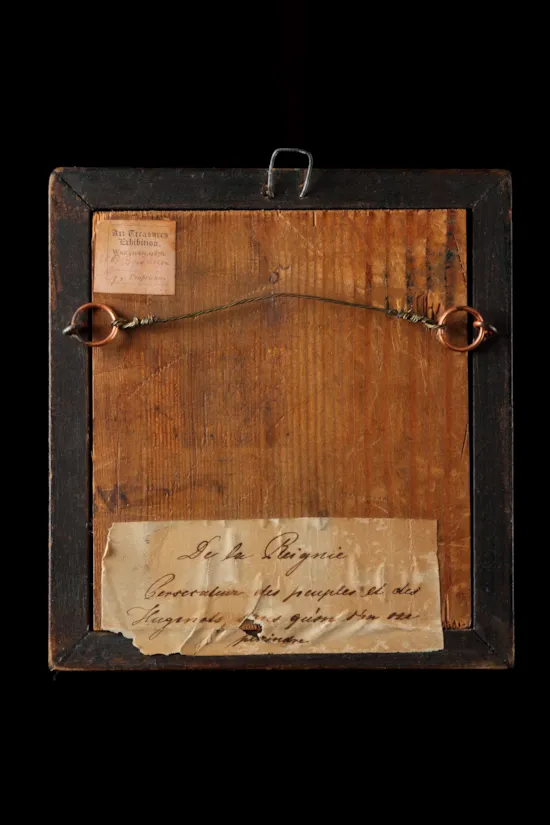
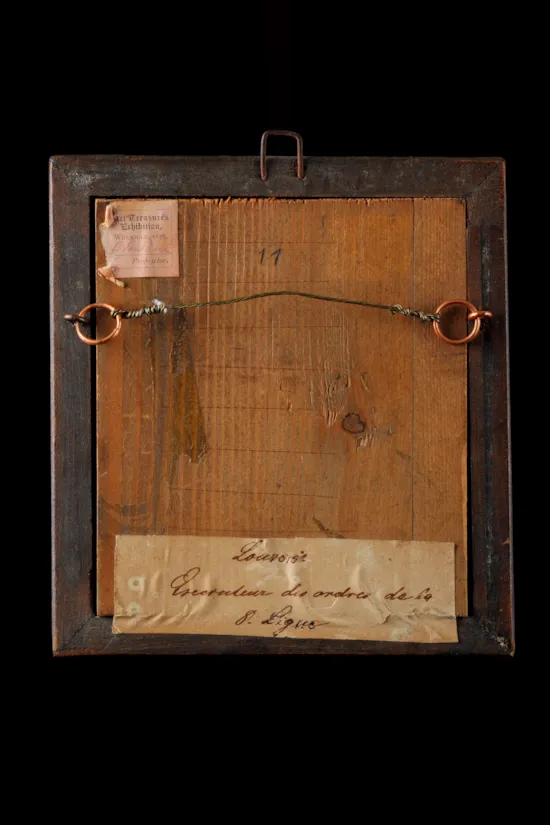
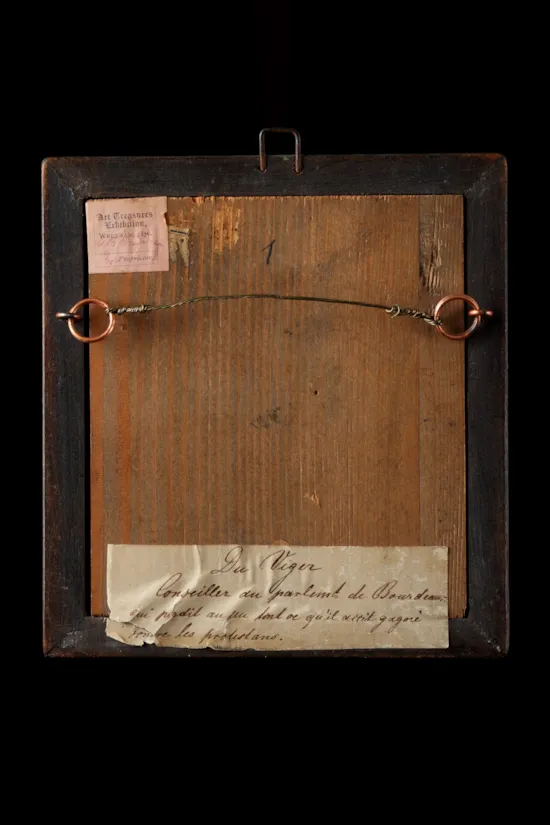
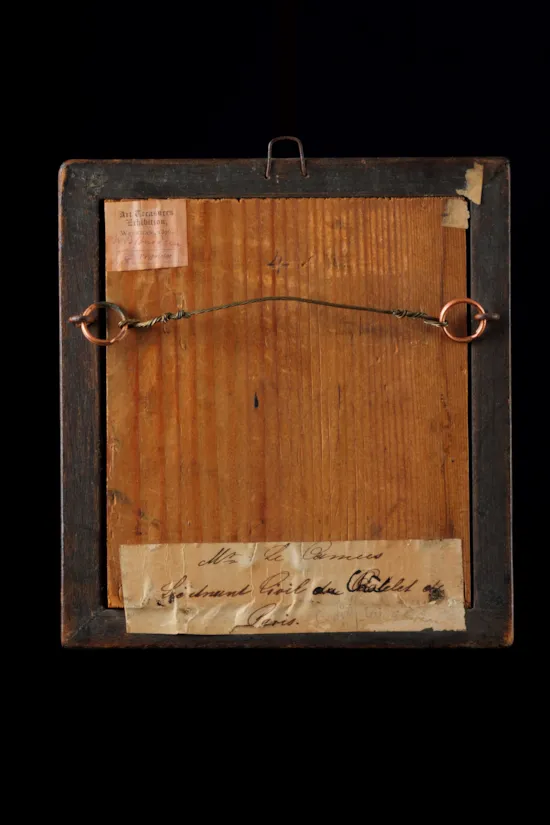
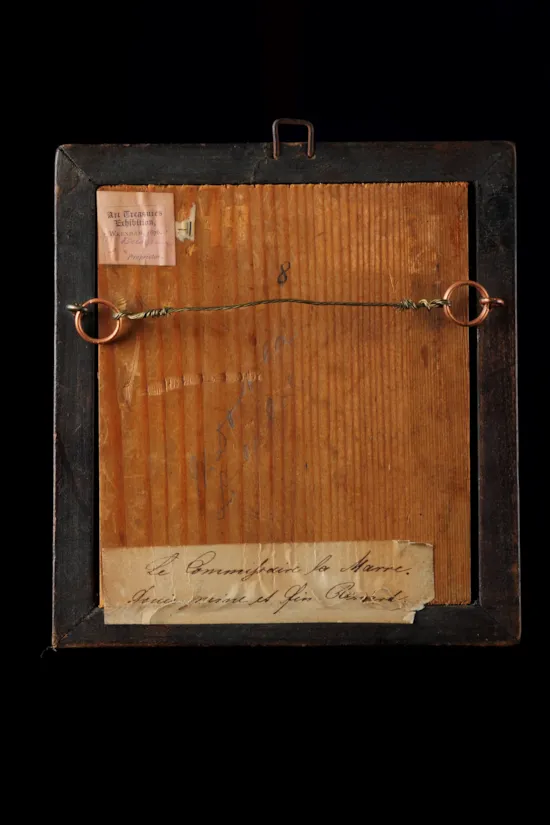
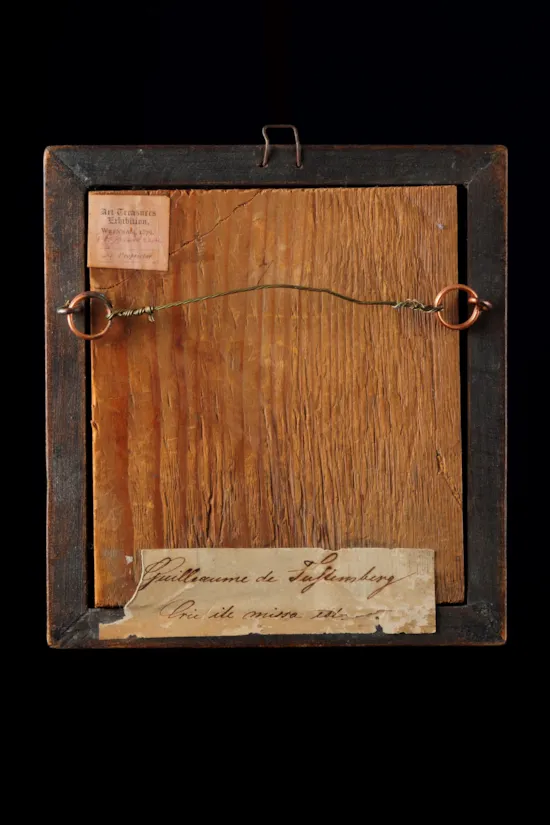
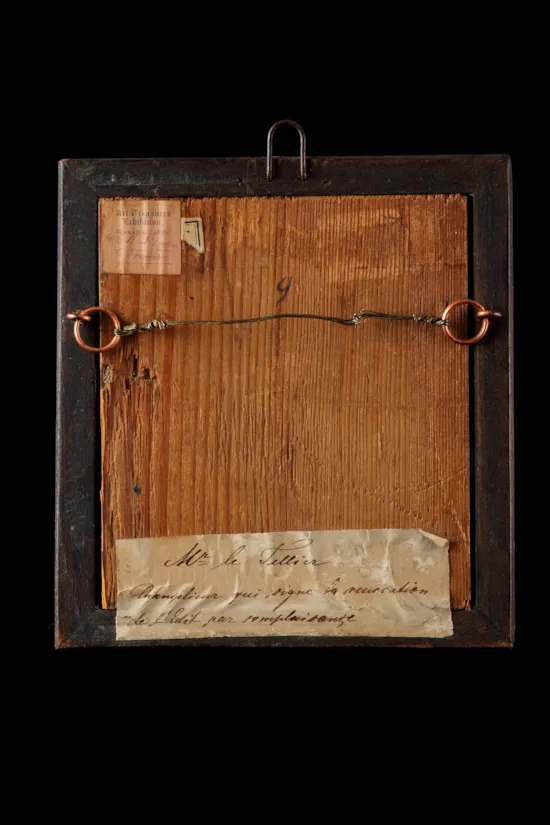
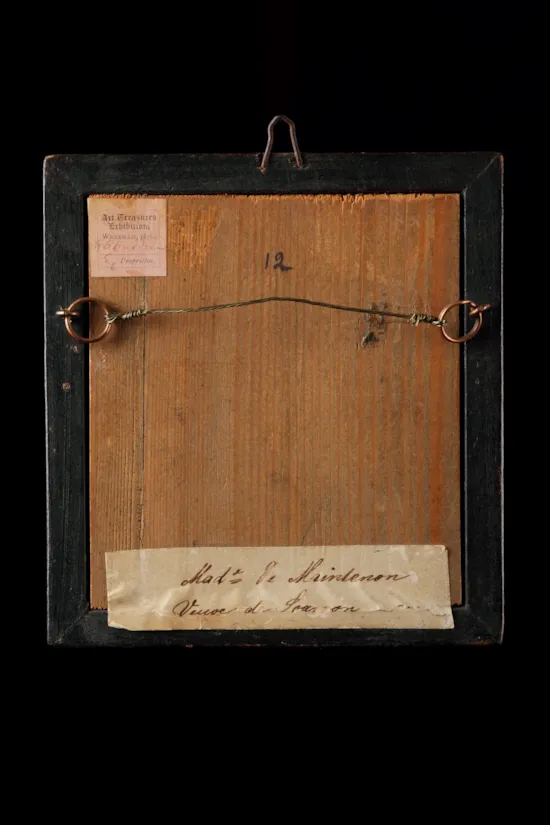
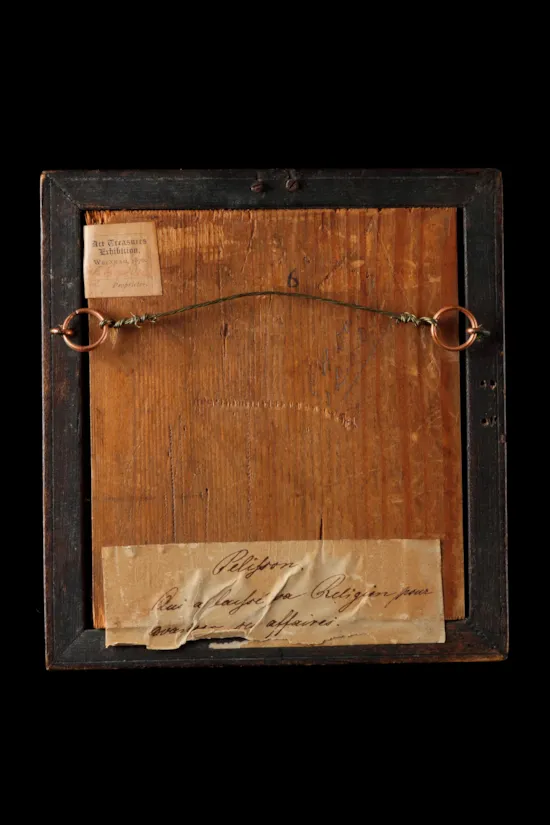
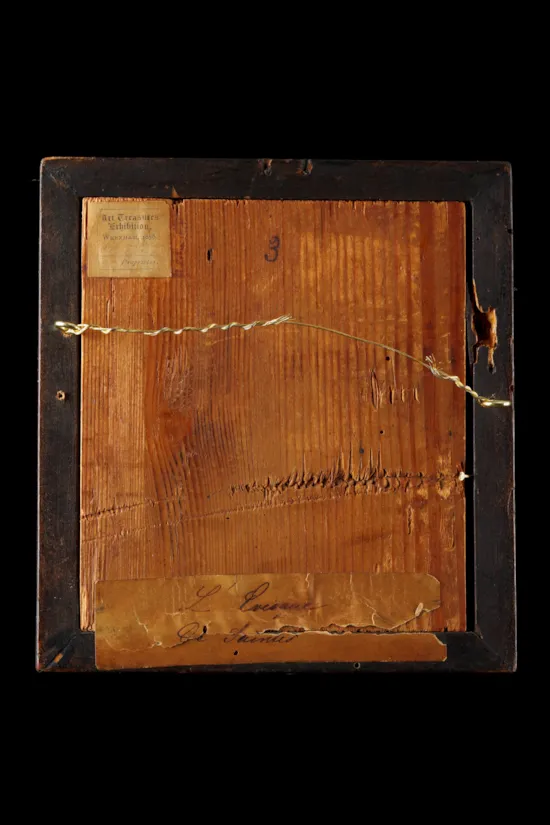























YOU MAY ALSO LIKE

